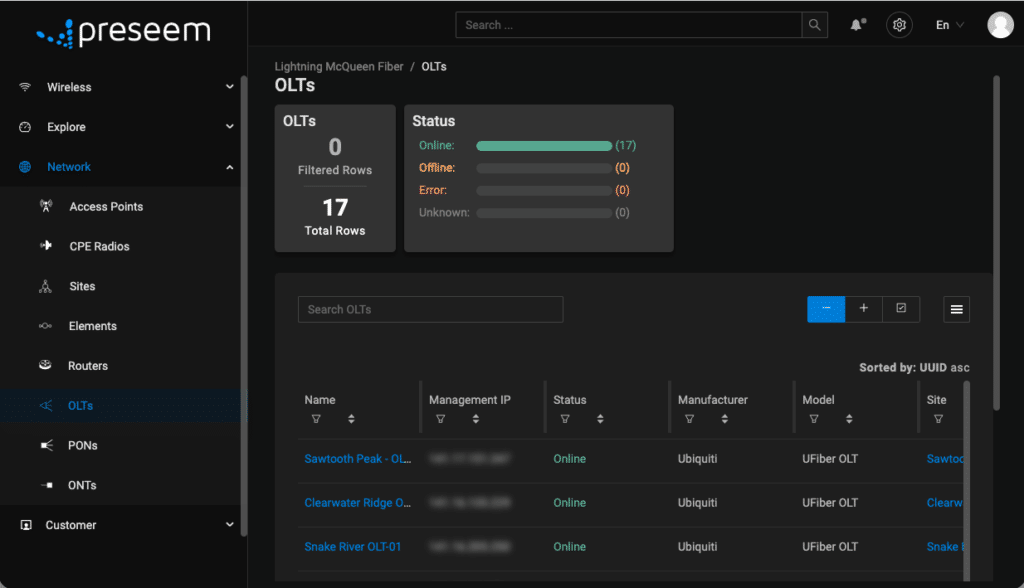The broadband industry often operates on a reactive model of network maintenance, but a proactive stance improves operational efficiencies and customer satisfaction.
Many broadband service providers (BSPs) operate in break-fix mode: the provider only knows something is broken because a customer calls, and only then does the BSP address the issue.
The problem with this approach is that it leaves BSPs playing Whac-a-Mole and upsets customers.
A reactive approach to access network and subscriber management creates several problems:
- Operational inefficiencies: Reactive troubleshooting means that, by the time BSPs hear about an issue, they don’t have all the context. They must play detective, researching the issue in multiple systems while a customer waits. This wastes staff and customer time.
- Increased truck rolls: Reactive network management leads to truck rolls that could have been avoided with proactive, preventive maintenance. Additionally, incomplete information can result in unnecessary truck rolls for simple issues that could be easily resolved.
- Slow customer support responses: If your customer support team doesn’t have the full context needed to diagnose a problem, your call volume and average call time will increase. The more time your team spends tracking down data, the slower the customer response.
- Lower customer satisfaction, increased churn: The result of inefficiency and slow responses is that customers become unhappy and leave. We call this “silent churn” — negative moments impact a customer’s experience, so they have already decided to leave you even though you resolve their issue.
The broadband industry needs a shift in perspective, from the current reactive approach to a proactive approach for network management.
Proactive access network and subscriber management means having historical context available so you can see what the pervasive or acute issues have been over time, both for your network and for a particular customer.
Historical data trends allow BSPs to better understand what’s happening with their network and prioritize fixes. In doing so, BSPs can start to spot issues before they happen — like seeing an OLT’s performance degrade over time — reduce operational costs, and avoid unnecessary truck rolls.
Proactive access network and subscriber management improve your support workflows so you have faster response times and fewer customer calls. It lets you plan upgrades to your network with a data-driven approach based on where investment is most needed. In doing so, BSPs can ensure a high quality of experience (QoE) for all subscribers, which helps reduce churn because customers aren’t having bad experiences.
A technology like the Preseem Proactive Platform offers actionable access network and subscriber information, unified across a BSP’s various technology vendors, billing/OSS software, and other programs.

The Preseem Platform gives BSPs visibility into OLTs, PON utilization, and QoE data in a single place. This reduces the time customer support teams need to diagnose problems and minimizes the security risk of CSRs logging into several different systems.
Traditionally, BSPs feel they have no other option but to take a reactive approach, but there is another way. Proactive access network and subscriber management allow you to unlock several benefits: increased operational efficiency, reduced truck rolls, improved QoE, and higher customer satisfaction.
Matt Duench, Product Marketing Director
Preseem
Matt is the Product Marketing Director at Preseem, collaborating with various teams at ISPs globally to optimize network performance. With 25+ years of experience in marketing and technology roles at companies like Bell, Sun Life, and Okta, Matt is passionate about customer satisfaction and growth. He enjoys golfing and coaching sports.



